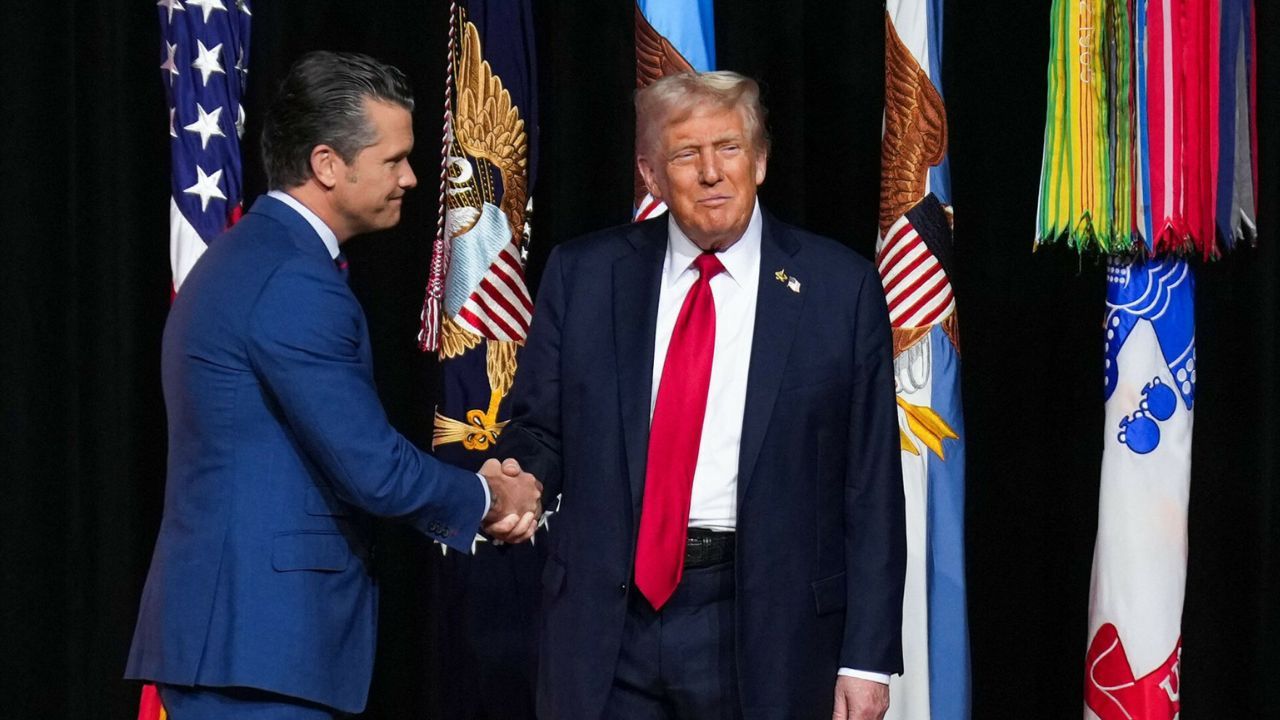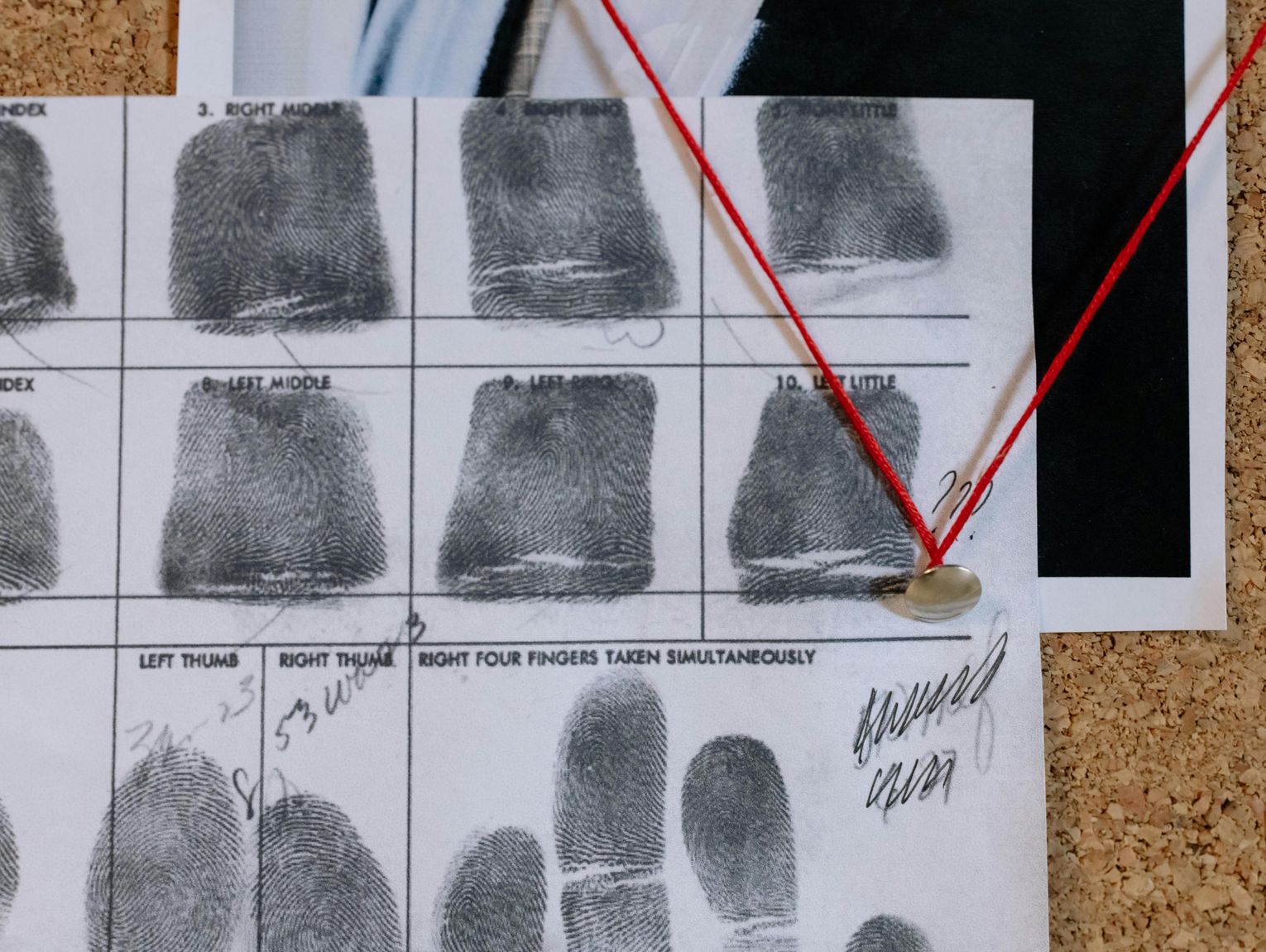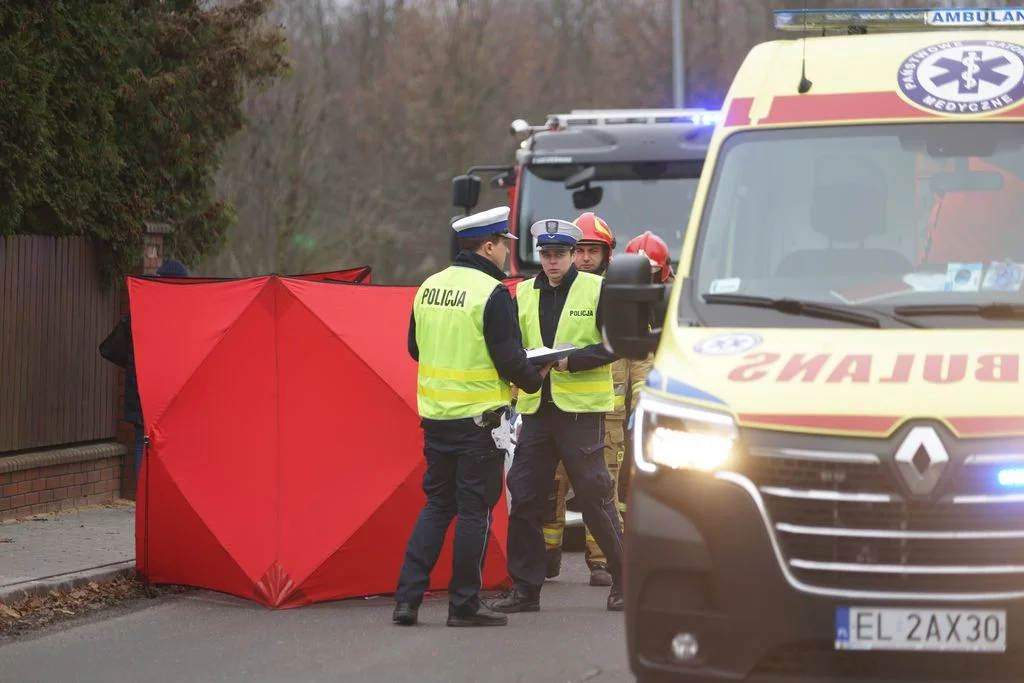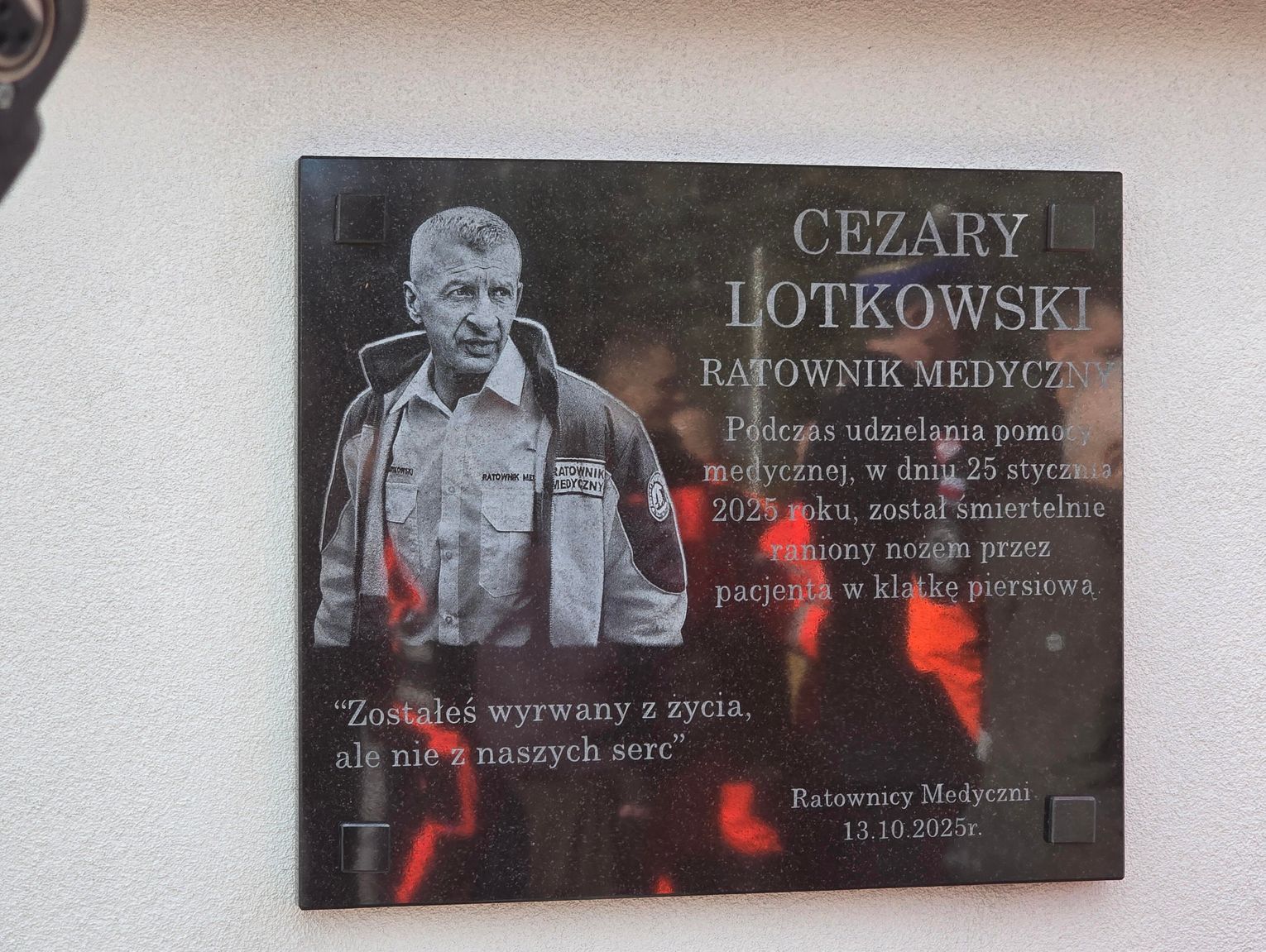
ФБР и АНБ имели низкую уверенность в том, что Россия стоит за взломом DNC
Автор: Иван Пенчуков via Эпохальные времена,
ФБР и Агентство национальной безопасности в разгар выборов 2016 года не согласились с оценкой разведывательного сообщества, которое сочло, что Россия стоит за предполагаемым взломом серверов Национального комитета Демократической партии и последующим выпуском украденных электронных писем.
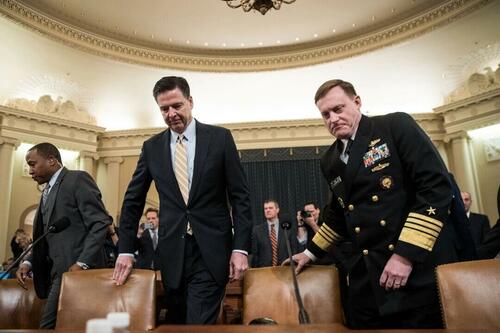
Вместо этого у ФБР и АНБ было «низкое доверие» к России. 12 сентября 2016 года впервые была обнародована оценка разведывательного сообщества 18 июля 2025 года в рамках серии документов, рассекреченных Управлением директора национальной разведки.
«ФБР и АНБ, однако, имеют низкую уверенность в приписывании утечек данных России», — говорится в оценке. «Они согласны с тем, что раскрытие информации, по-видимому, согласуется с тем, что мы могли бы ожидать от российской деятельности по оказанию влияния, но отмечают, что нам не хватает достаточных технических деталей для сопоставления информации, размещенной в Интернете, с российскими государственными субъектами. "
Записка, подготовленная для президента Барака Обамы, датированная двумя днями после оценки, обвиняет Россию во взломе и утечке и не упоминает инакомыслие ФБР и АНБ.
Откровение является последним поворотом в десятилетнем споре о взломе DNC, который лежит в самой основе ныне дискредитированного рассказа о сговоре с Россией., которая захватила зарождающуюся администрацию Трампа в 2017 году и превратилась в расследование специального прокурора Роберта Мюллера. Мюллер завершил расследование без доказательств в поддержку утверждения о том, что Россия вступила в сговор с тогдашним кандидатом Дональдом Трампом, чтобы повлиять на выборы.
Взлом DNC был центральным в повествовании о сговоре. У ФБР низкая уверенность в том, что Россия стоит за взломом, важна, потому что бюро получило за три недели до несогласия с оценкой окончательный отчет о взломе Crowdstrike, частной фирмы по кибербезопасности, нанятой DNC для исправления взлома весной 2016 года. Отчеты Crowdstrike никогда не были обнародованы. В конце 2017 года тогдашний президент компании Шон Генри заявил Комитету по разведке Палаты представителей, что у его фирмы нет доказательств того, что файлы были украдены из систем DNC.
7 октября 2016 года, менее чем через месяц после оценки, отмеченной инакомыслием ФБР и АНБ, Соединенные Штаты обвинили Россию во взломе DNC и утечке файлов с намерением «вмешательства в избирательный процесс в США». Обама одобрил обнародование заявления, которое было обнародовано через совместное обнародование Управлением директора национальной разведки и Департаментом внутренней безопасности.
7 октября был одним из самых насыщенных дней президентского цикла 2016 года. Это был день выхода Access Hollywood аудиозаписи Трампа. Это был также день выпуска первой партии электронных писем бывшего советника Обамы Джона Подесты.
7 октября ФБР все еще работало над получением копии изображений сервера DNC для проведения судебно-медицинской экспертизы. Неясно, изменило ли ФБР свою оценку «низкой уверенности» до публикации публичного заявления, обвиняющего Россию.
Недавно опубликованные документы показывают, что к 7 декабря 2016 года, через два месяца после обвинения России во взломе DNC, разведывательное сообщество США по-прежнему полагалось на анализ Crowdstrike для своей оценки.
«Разведывательное сообщество США имеет высокую уверенность в том, что оно приписывает вторжения в сети Национального комитета Демократической партии (DNC) и Комитета кампании Демократического конгресса (DCCC), основываясь на судебных доказательствах, выявленных частной киберфирмой, а также на обзоре и понимании кибердеятельности российским правительством», — говорится в записке, подготовленной в рамках подготовки к заседанию комитета директоров.
На момент составления меморандума разведывательное сообщество все еще не достигло консенсуса относительно того, кто слил электронные письма Демократической партии. В той же записке говорится, что "большинство агентств СК с умеренной уверенностью оценивают, что российские службы, вероятно, организовали, по крайней мере, некоторые раскрытия политической информации США. "
Днем позже, 8 декабря 2016 года, ФБР возобновило свое несогласие с оценкой.
"ФБР будет готовить инакомыслие сегодня днем. Пожалуйста, удалите нашу печать [sic] аннотации соавторства. В письме ФБР говорится, что группа готовит президентскую ежедневную сводку для Обамы. Обама попросил подготовить резюме к выпуску 9 декабря 2016 года.
Через час после того, как ФБР выразило свое намерение не согласиться с оценкой, в электронном письме от чиновника DNI более 110 получателям разведывательного сообщества говорится, что президентский брифинг будет отложен.
«Основываясь на некоторых новых руководящих указаниях, мы собираемся отодвинуть публикацию ПДБ. Он не будет работать завтра и, скорее всего, не будет работать до следующей недели. Об этом сообщил директор PDB/ODNI. Акронимы обозначают президентский ежедневный бриф и офис директора национальной разведки.
В то время как брифинг был отложен, заседание комитета директоров состоялось, как и было запланировано, в Ситуационной комнате Белого дома в декабре. 9.На встрече присутствовали глава ключевых агентств администрации Обамы, в том числе советник по национальной безопасности Сьюзан Райс, госсекретарь Джон Керри, генеральный прокурор Лоретта Линч, министр внутренней безопасности Дже Джонсон и директор ЦРУ Джон Бреннан, среди прочих.
Примечательно, что на этой встрече не присутствовали директора двух несогласных агентств: директор ФБР Джеймс Коми и директор АНБ Майкл Роджерс. Вместо этого в ФБР присутствовал заместитель директора Эндрю Маккейб, а в АНБ — заместитель директора Ричард Леджетт, согласно Резюме выводов для заседания комитета директоров от 9 декабря 2016 года.
В заключении меморандума с заседания комитета директоров изложен перечень рекомендуемых карательных мер в отношении России. Список завершается пунктом, в котором говорится, что руководители на встрече согласились «публично опубликовать и приписать российским спецслужбам техническую и другую информацию» о вторжении и кампании копья.
Эта директива, которая должна быть принята 19 декабря, по-видимому, привела к совместному аналитическому отчету ФБР и DHS, опубликованному 29 декабря 2016 года. Этот технический обзор включал отображение кибервторжения, образец фрагмента кода и набор IP-адресов, используемых злоумышленниками. Wordfence, компания по кибербезопасности с миллионами клиентов, проанализировала фрагмент кода и проследила его до поставщика вредоносных программ, базирующегося в Украине.
IP-адреса, предоставленные DHS, возможно, использовались для атаки со стороны такого государственного субъекта, как Россия. Но они, похоже, не обеспечивают никакой связи с Россией. Они, вероятно, используются широким кругом других злоумышленников, особенно 15% IP-адресов, которые являются выходными узлами Tor. Об этом Марк Маундер написал в анализе данных DHS.
Образец вредоносного ПО является старым, широко используемым и, по-видимому, украинским. Он не имеет явной связи с российской разведкой и будет индикатором компромисса для любого сайта. "
Через несколько дней и недель после встречи официальные лица готовят оценку разведывательного сообщества о вмешательстве России в выборы 2016 года. Обама распорядился, чтобы оценка была прочитана к 9 января 2017 года, а позже перенес срок до января. 3.
Рабочий план состоял в том, чтобы проинформировать Обаму и избранного президента Трампа об оценке 3-4 января, проинформировать «Банду восьми» и комитеты по разведке в Конгрессе 4-6 января и опубликовать версию оценки общественности 6 января 2017 года, в день, когда Конгресс должен был собраться для подтверждения выборов Трампа.
Один из плодов этих усилий, версия «Оценки разведывательного сообщества» от 5 января, гласит, что ФБР имело высокую уверенность в том, что президент России Владимир Путин приказал провести кампанию по вмешательству в выборы 2016 года в пользу Трампа, и что российские спецслужбы взломали DNC и просочились украденные электронные письма.
Неясно, как ФБР изменило свою оценку «низкой уверенности».
В последующие годы работа ФБР по расследованию в отношении Трампа была тщательно изучена Комитетом по разведке Палаты представителей, Комитетом по разведке Сената, Управлением генерального инспектора и специальным адвокатом Джоном Даремом.
На сегодняшний день все публичные выводы этих расследований не содержат никаких дополнительных доказательств того, что Россия стояла за кражей и выпуском электронных писем Демократической партии. Вместо этого запросы Комитета по разведке Палаты представителей, генерального инспектора Майкла Горовица и Дарема определили, что доказательное ядро расследования ФБР состояло из теперь опровергнутых отчетов бывшего сотрудника британской разведки Кристофера Стила.
Стил был сохранен Fusion GPS, которая, в свою очередь, была сохранена кампанией Клинтон через Perkins Coie, ту же юридическую фирму, которая рекомендовала DNC нанять Crowdstrike для обработки кибервторжения.
В то время как ФБР в конечном итоге не смогло проверить ни один из отчетов Стила, досье сыграло центральную роль в решении бюро обеспечить ордера на слежку за Картером Пейджем, помощником Трампа. Общее расследование работы бюро по обеспечению гарантий выявило значительные сбои среди рядовых и надзорных органов.
Тайлер Дерден
Мон, 07/21/2025 - 12:05




